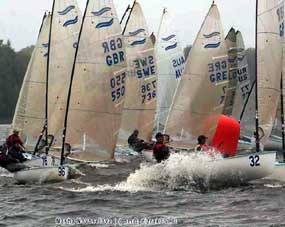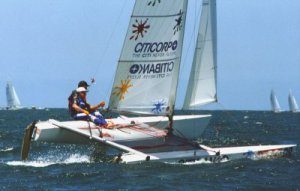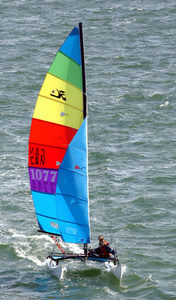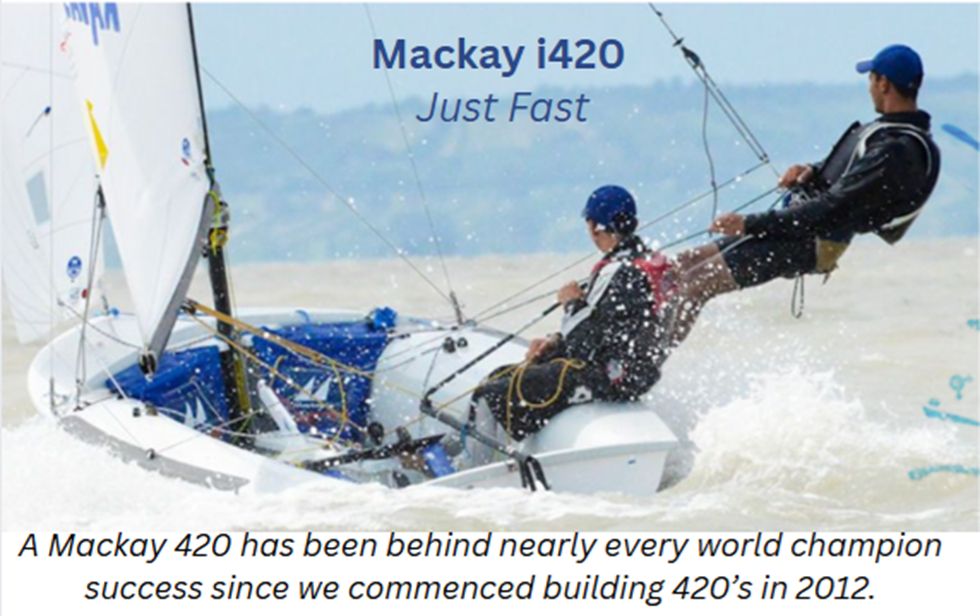
The facts speak for themselves. Shields are simple boats. All Shields go the same speed given basic preparation. The Shields learning curve is short and the racing is very tactical. The boats live in the water on moorings or in slips. There is no time-consuming dry-sailing; between races the boats are always ready for a fun-loving day sail. Shields require very little maintenance. There is no arms race in the Shields Class. The Class limits sail purchases to one per year.
And….last but not least, the Shields are classic, pretty boats, admired by all…
Class website:
http://www.shieldsclass.com/
 The FINN dinghy fills the slot for the HEAVYWEIGHT DINGHY in the Olympics. It was designed in 1949 by Rickard Sarby and was first used at the Olympics in 1952 in Helsinki. It has been used at every Olympic regatta since then.
The FINN dinghy fills the slot for the HEAVYWEIGHT DINGHY in the Olympics. It was designed in 1949 by Rickard Sarby and was first used at the Olympics in 1952 in Helsinki. It has been used at every Olympic regatta since then. From the Class:
From the Class: With its legendary design and induction into the Sailing Hall of Fame, the Hobie 16 is truly in a class of its own. Thirty years of racing and going stronger than ever.
With its legendary design and induction into the Sailing Hall of Fame, the Hobie 16 is truly in a class of its own. Thirty years of racing and going stronger than ever.